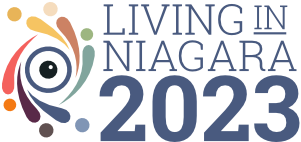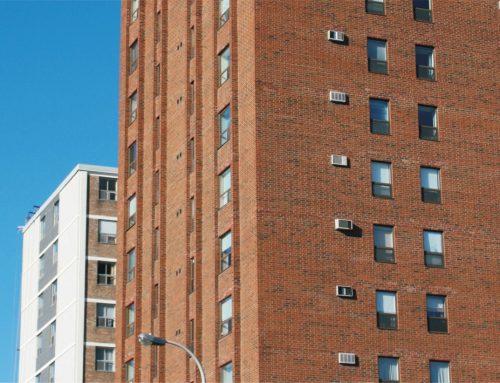Affordability of housing, and spending over 30% of income on housing:
[pull_quote align=”right”]“Housing costs can be the single largest expenditure in a household, leaving little room for other necessities” (NRH, 2008, p. 2).[/pull_quote]Affordable housing is defined as costing no more than 30 per cent of a household’s gross monthly income. Whether you pay rent or a mortgage, spending more than 30% of available income on housing creates financial difficulties. The proportion of households spending 30% or more of their income on rent is an indicator of affordability and of poverty and can lead to homelessness. In 2009, Ontarians reportedly spent an average per household of $15,560 a year on shelter; $7,284 on food; $3,824 on household operation; and $1,930 on household furnishings and equipment. http://www40.statcan/101/est/01/famil16d-eng.htm
In 2010, gas, heating oil, and hydro went up as they became subject to the provincial portion of the Harmonized Sales Tax. According to a report on rent-geared to-income (RGI), paying more than 10% of income on utilities can also lead to what is known as “energy poverty” or “fuel poverty.”
Source: Cooperative Housing Federation of Canada 2010
CMHC collects and analyses data to compile an affordability index. This index measures median renter household income against the level of income required to rent a median priced 2-bedroom apartment. This Rental Affordability Index for Niagara weakened in 2010, signalling that median income grew slower than median rents. The index for Niagara is above 100 which indicates that more than 50% of renters spend less than 30 percent of their gross income on rent and close to half of them pay more.









